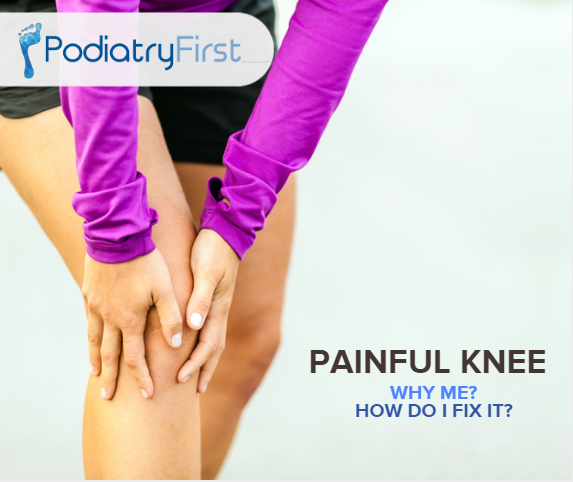Knee osteoarthritis and strengthening
Knee Osteoarthritis; Strengthening and how to improve function and reduce pain

Knee osteoarthritis (OA) is a common degenerative joint disease and contributes greatly to knee pain in the wider community. Treatment is frequently aimed to reduce pain, reduce further degeneration and maintain function. There are multiple ways to address OA including offloading and exercise. In addition to offloading, there is an increasing interest in various forms of exercise to provide additional support to the knee. Commonly, exercises designed to strengthen the major muscle groups of the leg, targeting the quadriceps, hamstring and calves.
This does not necessarily mean people suffering knee OA are required to seek out gym memberships or personal trainers. However, it is regularly advised when people do not have a history of weight training and self-directed exercise. Any kind of exercises need to be done safely as to not cause further damage. There are some simple exercises that can be done in the comfort of your own home.
Common strengthening programs are designed to improve lower limb strength, on knee pain and disability.

Exercises
After assessment, your health provider will give a simple explanation as to what OA is and what may have led to it developing. Other common advice may include the importance of:
- maintaining an appropriate weight (to reduce excessive loads through the knee)
- wearing appropriate footwear and
- maintaining appropriate fitness levels
Structural alignment
Osteoarthritis occurs as a result to wear and tear. When the knee is not loading evenly due to muscular imbalances or structural malalignment, it can cause abnormal pressures to be distributed through specific areas of the knee and results damage to the cartilage in the knee. Damage to cartilage is irreversible and often in severe cases requires medications and even surgery. The goal of a podiatrist is to assess where the abnormality is, what is causing it and what is required to improve the function of the knee.
Occasionally the malalignment of the knee is not necessarily due to muscular deficits but rather how the foot is functioning. If not performing appropriately due to flat feet, hypermobility or trauma, the foot can force the knee to drop inwards. In instances like this your podiatrist will assess your footwear, muscle health and also the structural function of the foot.

Leave a replyIf knee pain is something that you have been struggling with, give us a call. We can have a look at what can be done to get you back to pain free!




Leave a reply